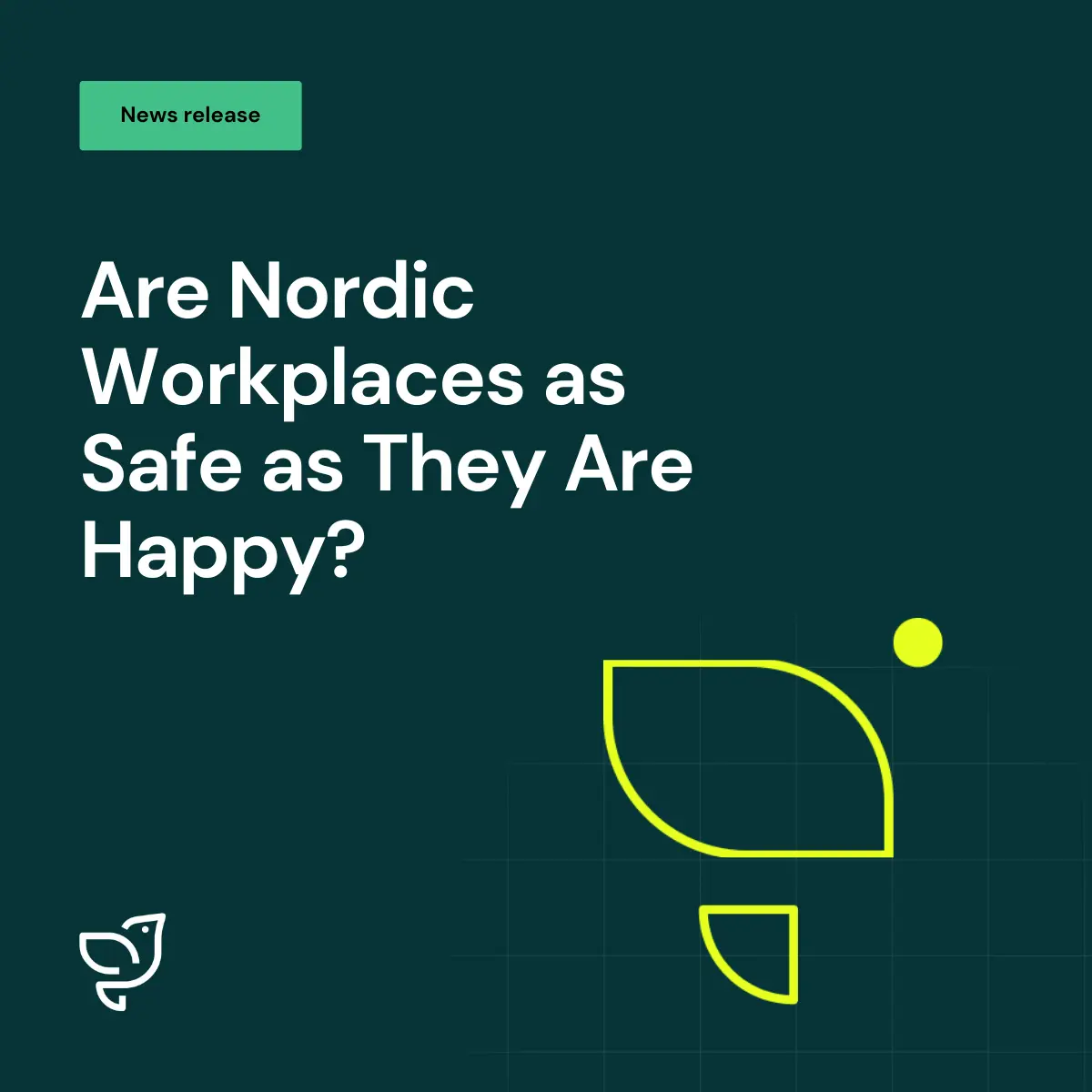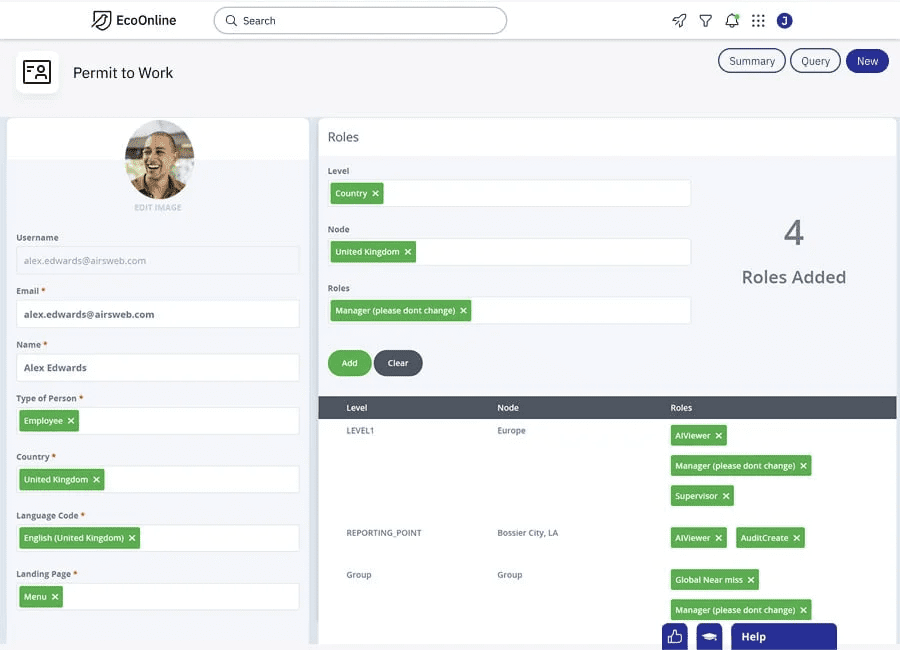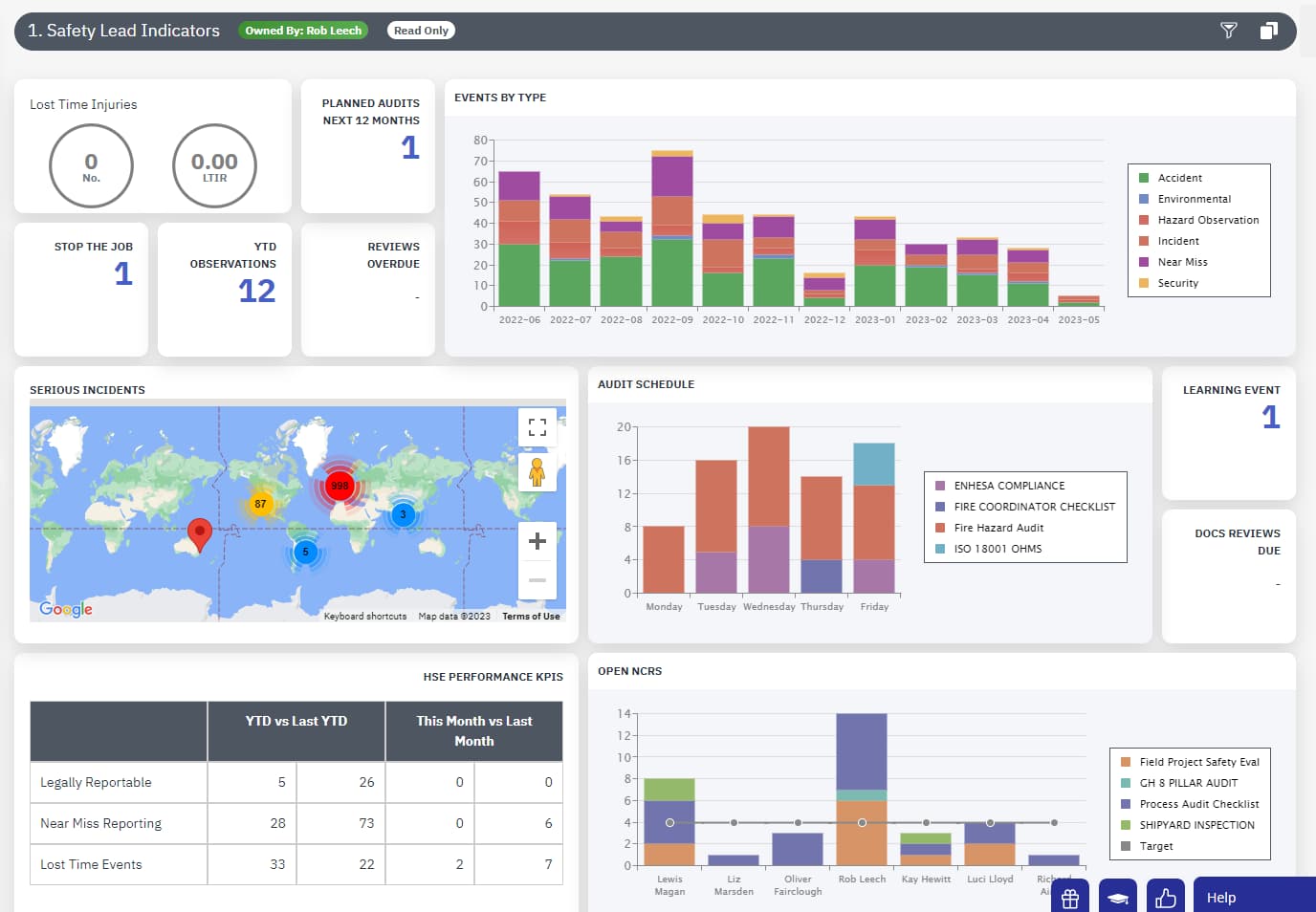Why is culture important to driving health and safety maturity?

How would you rank the maturity of your organisation’s safety culture?
You may decide to go by the hard data that you have access to such as the number of accidents that have taken place and Lost Time Injuries (LTI) to measure safety performance. Or perhaps the chief benchmark is meeting minimum legal safety requirements.
How long has it been since you assessed the health and safety processes of your business, and can you be certain that they are still fit for purpose?
A mature health and safety management system doesn’t have to be out of reach for your organisation, and your safety culture will play a significant role in this. To improve your safety culture, you need to have a grasp of where your organisation falls on a maturity model. Read on to see how this is done:
CHAPTER 1
What is safety maturity – a quick definition
We have previously taken an in-depth look at what constitutes the safety maturity of an organisation, but it can be simply defined as “how sophisticated your organisation’s health and safety program, procedures and workflows are.”
Safety Maturity in the UK is commonly assessed according to the safety culture maturity model developed by Dr. Mark Fleming at the Keil Centre:

Safety culture maturity model © The Keil Centre, 1999
(For a full breakdown of each level, click here)
If we take a closer look at the descriptions of levels 1 and 2, we can see that one of the reoccurring factors is that the employees are considered ‘unengaged’ with health and safety.
In Level 1 they are described as ‘uninterested’ in safety.
In Level 2, managers “perceive that the majority of accidents are solely caused by the unsafe behaviour of front-line staff”.
In Level 3 we begin to see a change in managements outlook, faults on the part of management and the organisation as a whole are starting to be acknowledged as factors in workplace incidents and accidents. This outlook develops as we progress through levels 4 and 5, with the adoption of personal responsibility for safety and a move away from relying on lagging indicators such as LTIs to measure safety performance.
By Level 4, the organisation acknowledges that it is important that employees feel valued and are involved by management.
By Level 5, the organisation is described as “constantly striving to be better and find better ways of improving hazard control mechanisms”.
What can we learn from this progression through the levels? In short, that to drive your health and safety maturity you must foster the right kind of safety culture.
Note: Interestingly, the HSEs Report notes a discrepancy between frontline workers’ perception of safety culture maturity and that of managements, with frontline workers placing their organisation at a lower level.
CHAPTER 2
Why culture matters
“Over time, a culture may develop out of the decisions that proved to be successful or unsuccessful, and the reasoning or perceived reasoning behind them becomes embedded into ‘the way we do things around here’ and ‘what people do when no one is looking’.” IOSH (Institution of Occupational Safety and Health)
In levels 1 and 2 of the Fleming maturity model we saw a common trope – employees are unengaged with safety processes and management consider them to be the source of most unsafe behaviour. Of course, this perspective assumes that the organisation is doing enough in terms of safety – it is the employees who are choosing to do things incorrectly.
This is an extremely flawed way of thinking, and it is perpetuated by not encouraging employee participation in deciding safety processes.
For example, if there is a specific safety protocol for working with machinery that isn’t being followed, is this completely down to worker negligence/ recklessness or could it stem from other factors? Perhaps the established safety protocols clash with the expected speed of work or productivity levels. If employees are not wearing the correct PPE (Personal Protective Equipment) for a task, is it because they don’t care, or could it be because the PPE provided isn’t suitable or is too cumbersome? Is it easy for employees to report hazards and near-misses, or is it time consuming and goes unacknowledged by senior management?
This is not to say that employees do not have their share of responsibility where safety is concerned, but that there can be many reasons behind an unengaged workforce and a resulting negative safety culture.
CHAPTER 3
Culture and your safety maturity journey
“ A mature health and safety management system is one that has a well-defined policy and framework with clear roles and responsibilities, established procedures and protocols, regular monitoring and reporting, and continuous improvement. It involves a proactive approach to risk management, with a focus on prevention and not just reacting to incidents.”
We can see from this quote how a strong safety culture can play a part in the safety maturity of an organisation.
Other ways that safety culture fosters a mature health and safety management system include:
1. Encouraging employee engagement
If employees are actively engaged with health and safety, they are more likely to take part in hazard/observation reporting and provide feedback and collaborate on future processes. Frontline experience is invaluable to accurately accessing risk.
2. Facilitating communication and feedback
Something as simple as receiving an acknowledgment when reporting a hazard shows employees that their input is valued. If employees feel that they can communicate openly with management over any concerns or issues, it improves trust and leads to more effective safety processes.
3. Giving a sense of ownership of safety
If an employee submits a report for a trip hazard which is quickly acted upon and rectified, they can now see that their contribution has had a tangible, positive effect on the workspace. This gives real ownership over the concept of safety and is evidence of a more mature management system.
Overall, these benefits lead to a safer workforce which feels acknowledged by the organisation, as they know and can see that their safety is a top priority. It allows employees to work in partnership with organisation, and not one against the other.
While every business and industry are different, there are several ways you can establish a mature health and safety management system. If you want to learn more, download our ebook: What is Health and Safety Maturity, what does perfection look like, and how do I get there?











